Does art always have to be pleasing? Can we allow art to also not be beautiful? Can we allow art not to sing a lullaby to us and not to put us to sleep, but to awaken us to our hidden pains? Can we allow art to make us be aware or to disgust us, to make us feel uncomfortable and make us dig deep in our own subconscious, to a place where a “Do Not Enter” sign is hanging?
When I visited Andrea Hasler’s exhibition, “Burdens of Excess,” at Gusford Gallery, I had already read about her and had checked out all her work on the Internet. I had well admitted to myself that Andrea Hasler is an artist with many artistic sides and dimensions – delicate and poetic, harsh and aggressive, romantic and humorous – all in one place. I also knew that Hasler is an artist possessing a wonderful wealth of an unlimited supply of imagination.
When visiting her exhibition and looking at her wax art pieces closely, I thought to myself, “If everything that has a bright side also has a dark side, then Andrea Hasler is obviously showing us the pain of keeping up with fashion in her distorted, seemingly tortured scupltures of shoes and purses.” Her sculptures feature famous fashion designers and brands, such as Miu Miu, Jimmy Choo, Alexander McQueen, YSL, Dior, and Louis Vuitton.
About Andrea Hasler
Andrea Hasler was born in 1975 in Zürich, Switzerland, and currently lives and works in London, UK. She holds an MA Fine Art from Chelsea College of Art & Design, and her work was recently exhibited at the 1st Santorini Biennale of Arts in Greece, 2012. Her recent solo exhibition Irreducible Complexity will be featured in the upcoming documentary Snapshots of Shoreditch, looking at the people, culture and underground scene in the East End of London. Hasler also chairs artist talks at Next Level Projects and regularly lectures on contemporary art, with a focus on women and the body, at various institutions including the Sotheby’s Institute of Art, London.
“My work offers models of relational aesthetics that are undesirable at first glance in terms of the ideal tie between desire and the social sphere. It speaks of nature, which references existentialist moments within the repetitive scenario between power and struggle, consumed and consumer, subject and object, action and reaction in popular culture.
Perhaps, objects lifeless or alive, merely are but this evidence is enough not to break the tentative ties of identification, re-embodiment and reclaim the figure of the post-human future instead of fixed identities.
What characterises the work is the sensitive assumption that – behind the smooth surface – an abyss of hidden desire and forbidden passion can be captured, a major conflict between the search for identity and the pleasure principles, between social constraint and personal ambition: the past and the future.Under a contextual framework, it is in these areas where humanity seems to suggest a greater even existential connection to the natural world. We are instantly confronted with all that is human.
The complex narrative becomes simplified and transformed through a string of interpretations and re-interpretations that at the same time exercises a degree of hope and collective desire as I confront the viewer with his own feelings of attraction and repulsion, of power, control and impotence.”
Tags: Andrea Hasler, Art, Art Reviews, Burdens of Excess, fashion, Gusford Gallery, style
Posted in Art Reviews, Reviews |

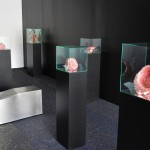
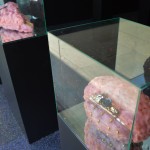
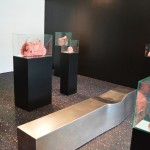

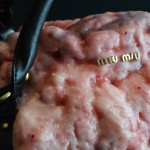
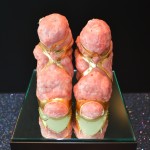
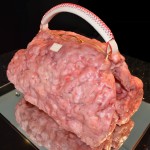

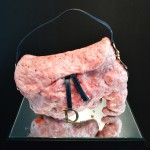
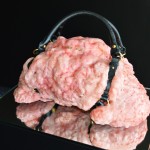
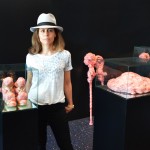
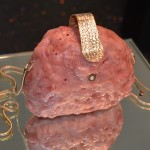

Leave a Reply